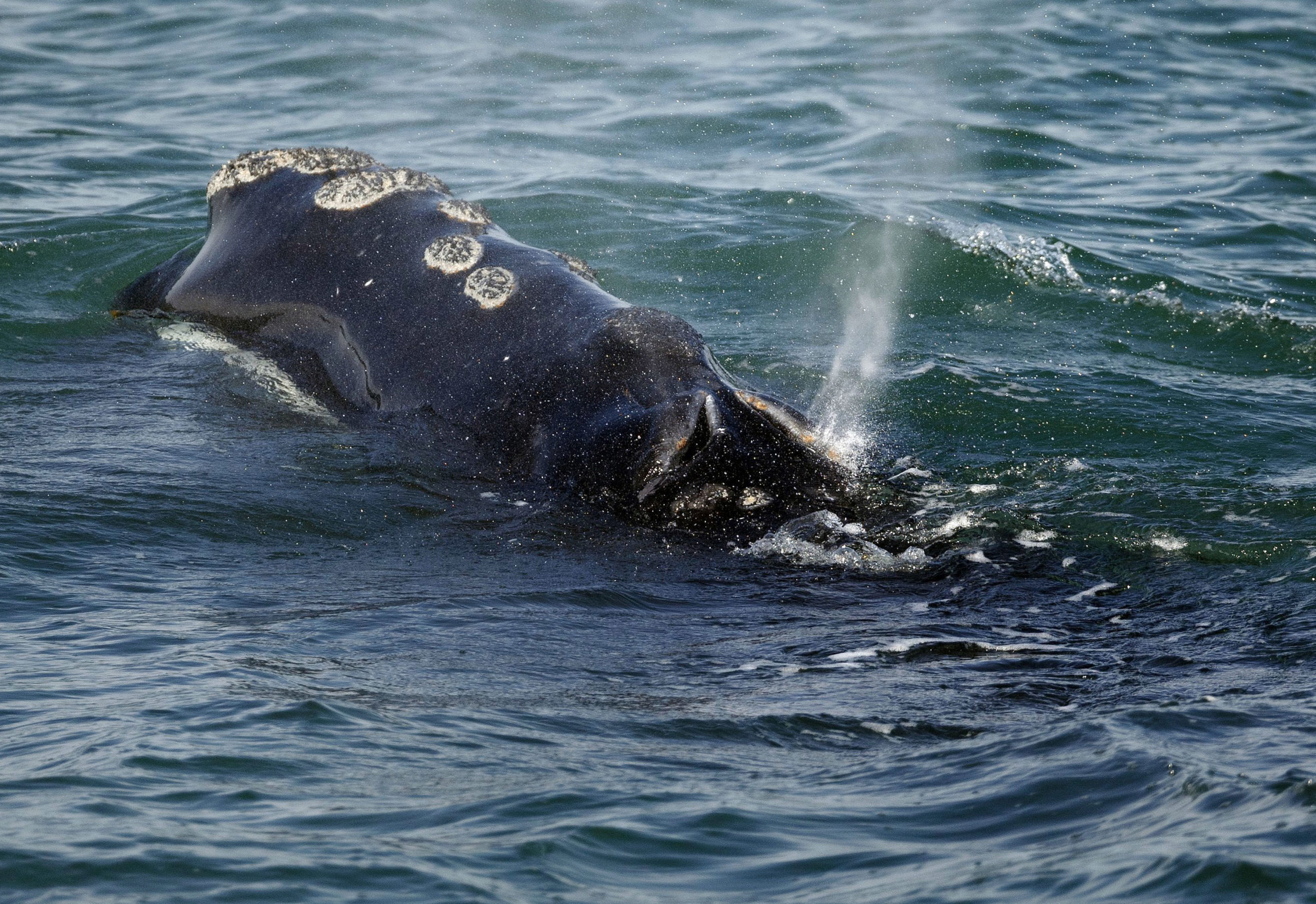A whale of a story

It wasn’t Captain Ahab, but do we know who or what it was?
As reported in the Brooklyn Eagle, several dead whales were found along New Jersey the shore. That should awaken us to the threats that remain for these denizens of the deep. Ships are at the top of one list. A ship sliced into the “Behemoth of Brooklyn.” Between ships and whalers, these beasts of the seas are fighting for their existence. Some are losing. The top five most endangered whales are the Sperm, Sei, Fin, Blue, and Right. Also, off the coast of Victoria, Canada, dangers lurk for a pod of the magnificent entertainers in Sea Aquariums, the black and white Killer Whale. One pod is down to 70.
According to research by the nonprofit Friends of the Sea, here’s another. Ship strikes kill more than 20,000 whales yearly. These strikes are alarming, especially considering how close to extinction some species (such as the North Atlantic Right Whale) already are.

Brooklyn Boro
View MoreNew York City’s most populous borough, Brooklyn, is home to nearly 2.6 million residents. If Brooklyn were an independent city it would be the fourth largest city in the United States. While Brooklyn has become the epitome of ‘cool and hip’ in recent years, for those that were born here, raised families here and improved communities over the years, Brooklyn has never been ‘uncool’.